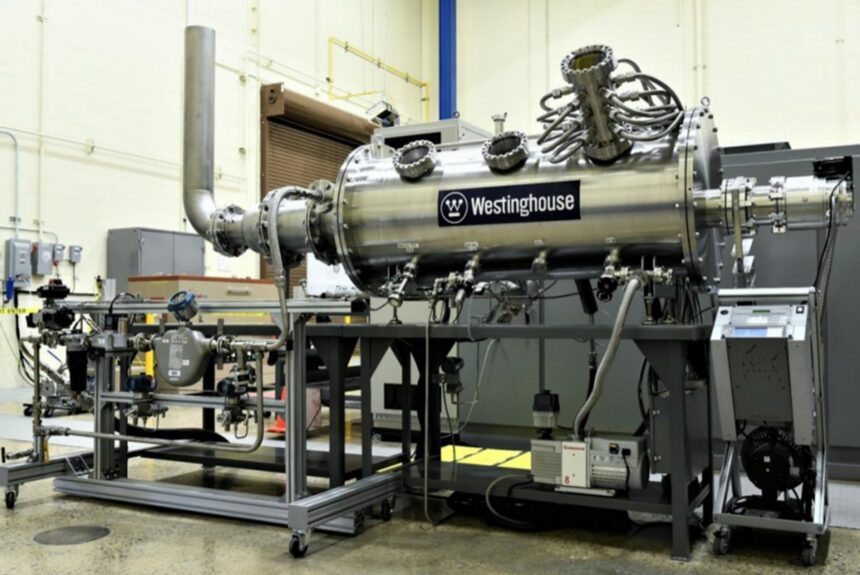Small modular reactors (SMRs) have rocked the world of nuclear energy for the past few years. Accessible, scaleable nuclear power that can be deployed in unexpected places is a clean energy dream. And, nuclear is just getting smaller. Microreactors are having their moment in 2023. Between the two, small nuclear is making big moves this year.
>>>READ: Five of the World’s Leading Small Modular Reactor Companies
What’s the difference between SMRs and microreactors? According to the Idaho National Laboratory, SMRs typically generate electricity in amounts ranging from 20 to 300 megawatts. Microreactors are much smaller than that, with a top generating capacity of typically no more than 20 megawatts, which makes them 100 to 1,000 times smaller than conventional nuclear reactors. This smaller size allows microreactors to be easily scaled and deployed in remote locations, military bases, and communities that have been impacted by natural disasters.
From SMRs to microreactors, here’s what the rest of 2023 may look like in the world of small-scale nuclear:
Approved designs and new projects
Small modular reactors recently took a huge step forward when nuclear company NuScale had a reactor design approved by the U.S. Nuclear Regulatory Commission (NRC).
“SMRs are no longer an abstract concept,” stated Assistant Secretary for Nuclear Energy Dr. Katy Huff. “They are real and they are ready for deployment thanks to the hard work of NuScale, the university community, our national labs, industry partners, and the NRC. This is innovation at its finest and we are just getting started here in the U.S.!”
While SMRs have been cleared for takeoff when it comes to project development, microreactors are still waiting on the ground. But that doesn’t mean that technology development is stagnant. As innovators work to get design approval for commercial implementation, microreactor projects are popping up across the country. The U.S. Department of Defense’s Project Pele prototype at the Idaho National Laboratory, Pennsylvania’s Westinghouse Electric Company’s eVinci, and Radiant’s Kaleidos are all microreactor projects to watch this year.
Investors may get more interested
For decades, nuclear was not as attractive to investors as energy technologies like wind or solar, due to its high upfront costs. But that’s all changing through the innovative strides being taken with smaller-scale nuclear.
According to CNBC: “From 2015 to 2021, the pace at which venture capitalists put money into private nuclear companies eclipsed the entire VC [venture capital] space and even the fast-growing climate tech space…That new money coming from new places is leading to smaller and more specific kinds of nuclear reactors.”
>>>READ: Small Modular Reactors Could be Key to Achieving a Secure Energy Future
To be sure, the state of the economy and world affairs such as the war in Ukraine could have a cooling effect on investments overall. But the long-term increase of investment in private nuclear innovation may spell encouraging things for 2023.
Aspirational siting ideas may get their day in the sun
Some siting ideas are so aspirational that we are nowhere near the technology needed to make that happen. We likely won’t have nuclear on the moon anytime soon. But even that sort of aspirational idea is getting attention.
Other siting proposals that are aspirational, yet not (literally) shooting for the moon? University campuses, military bases, and disaster zones are all being explored as likely candidates. We may see nuclear siting in some unexpected places as we get further into the year.
Trends come and go. The ‘it’ items and things to do of 2023 will fade into distant memory. But for nuclear, small scale seems like it is here to stay.
Kelvey Vander Hart is a native Iowan, a member of the American Conservation Coalition, and a communications specialist at Reason Foundation.
The views and opinions expressed are those of the author’s and do not necessarily reflect the official policy or position of C3.
